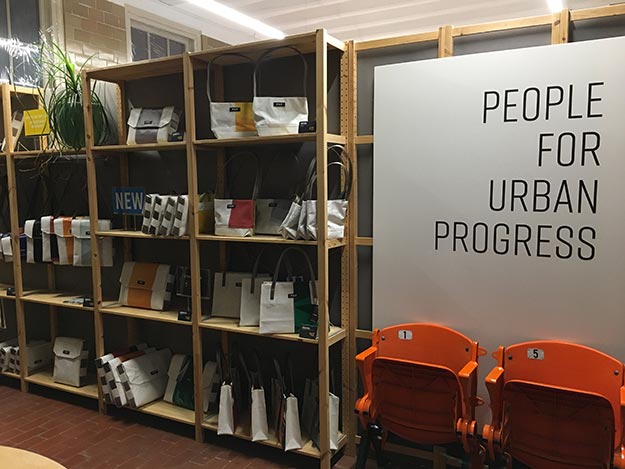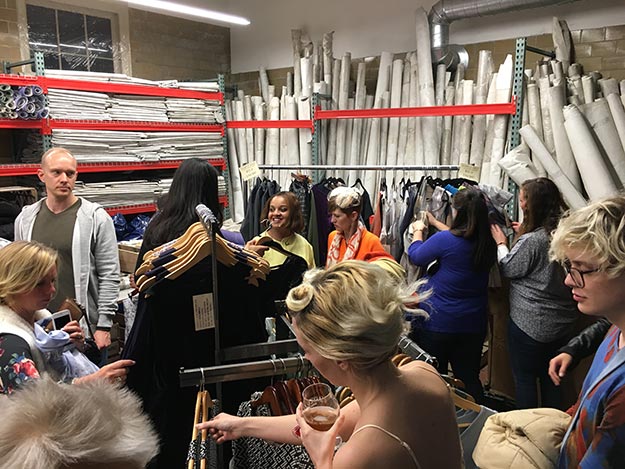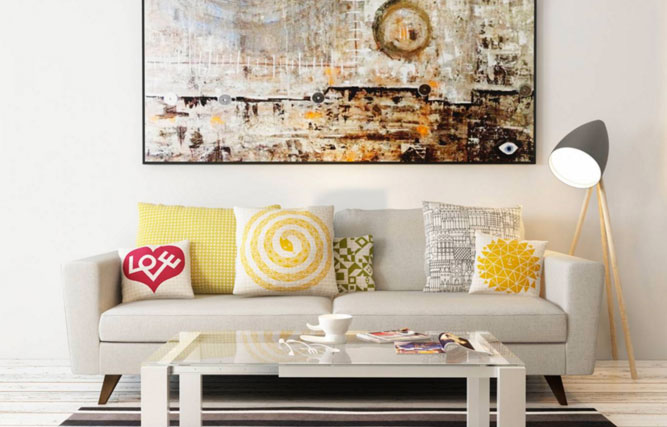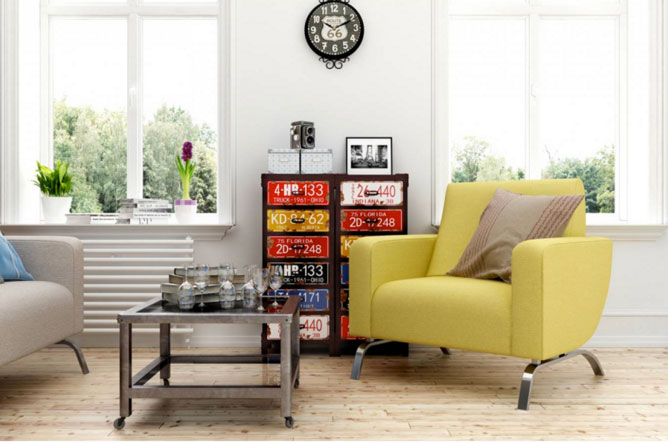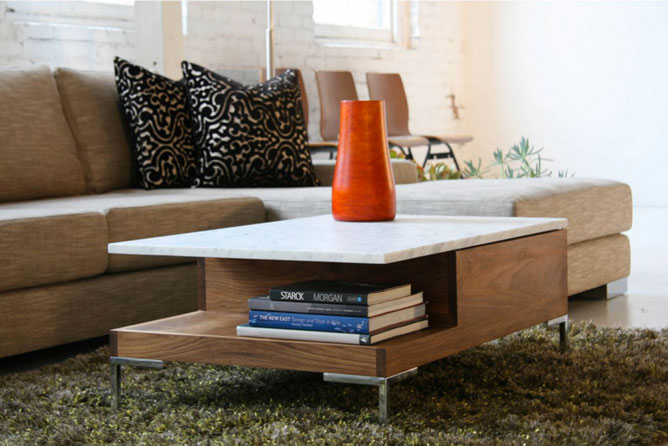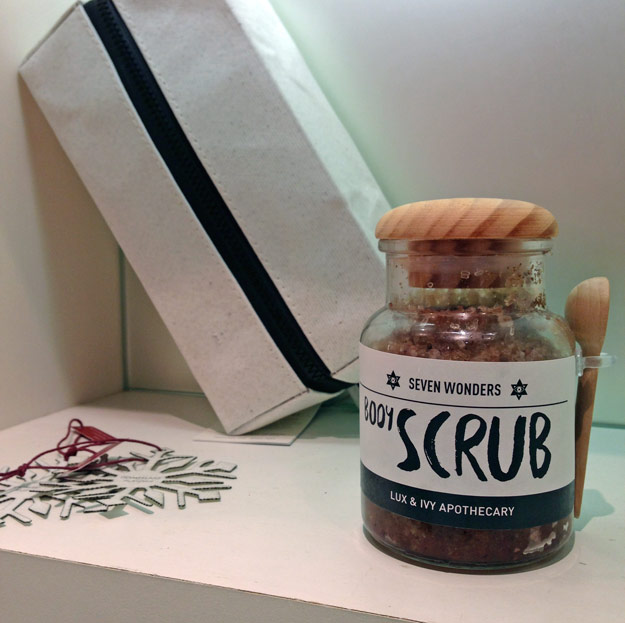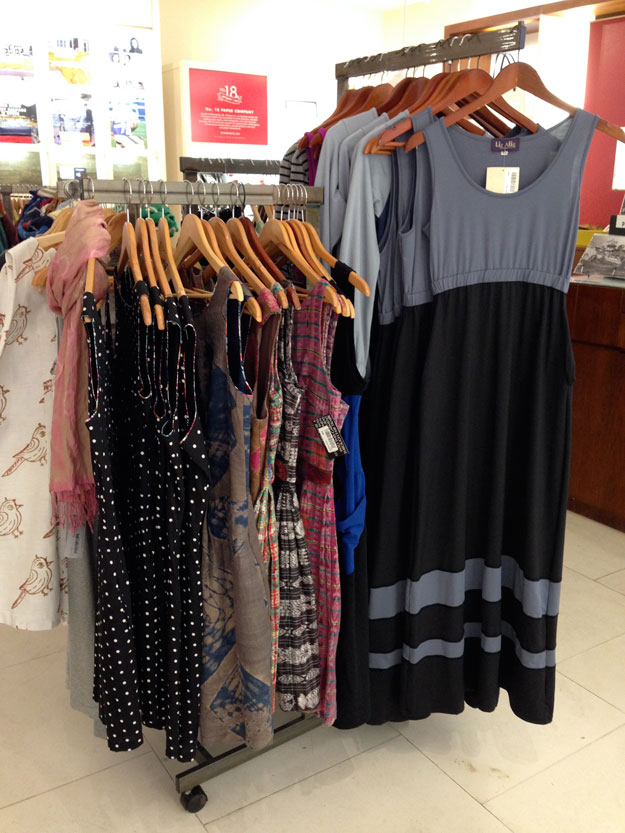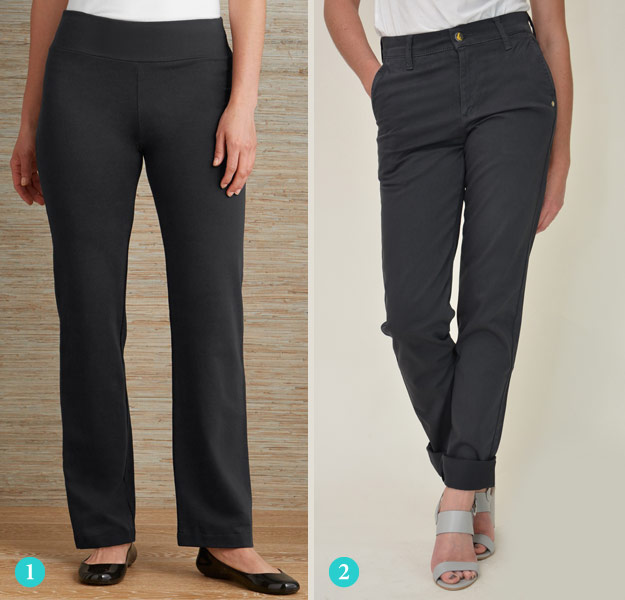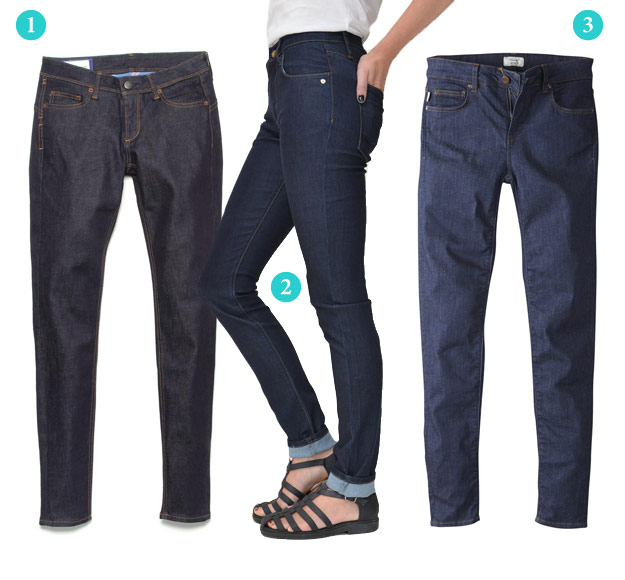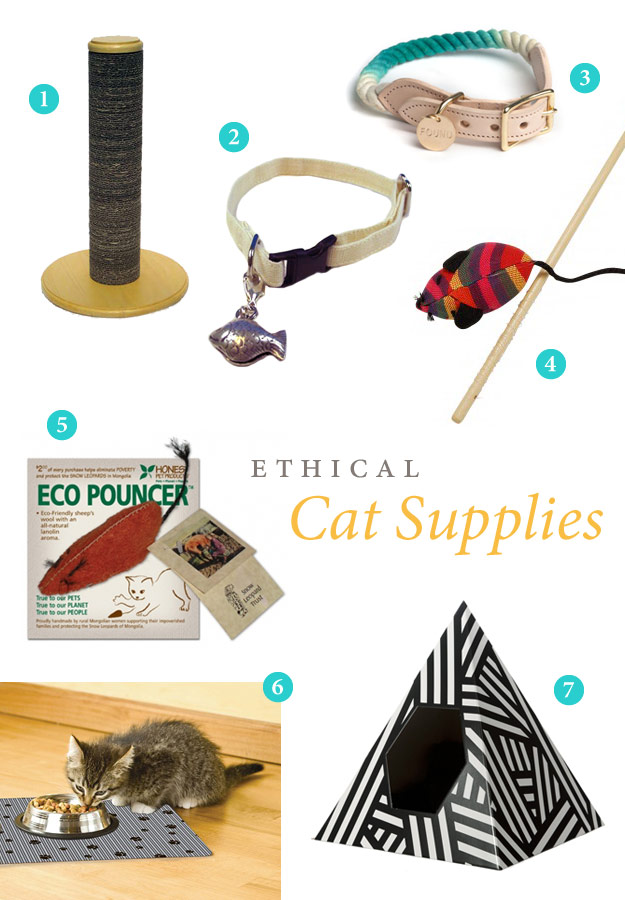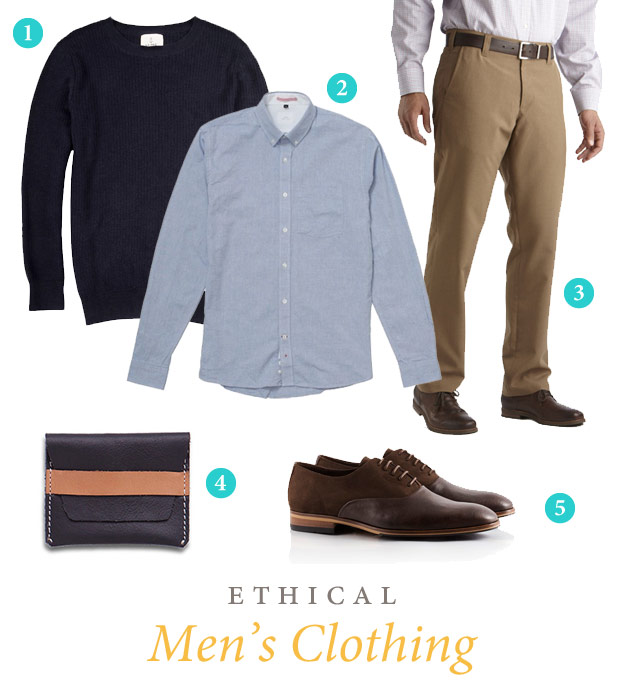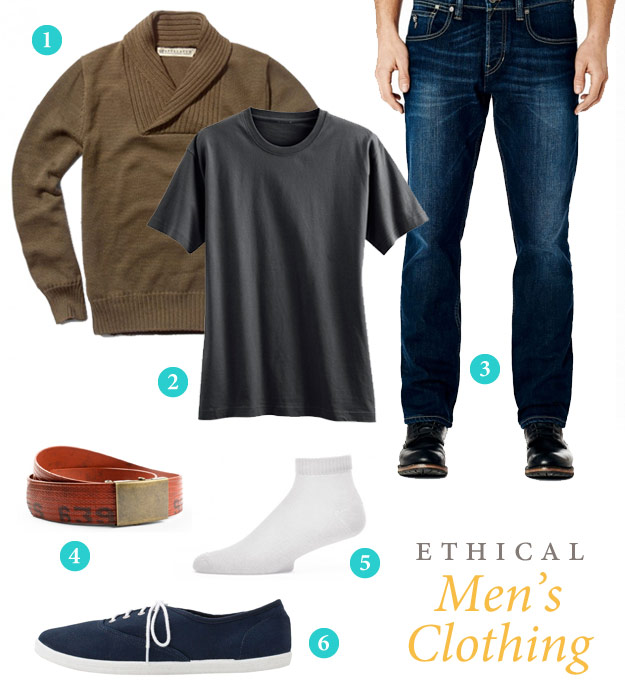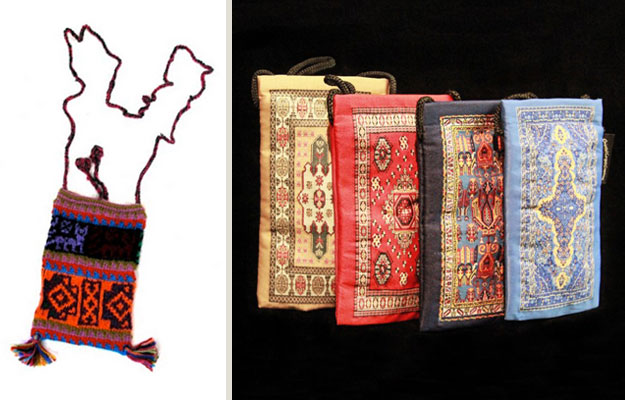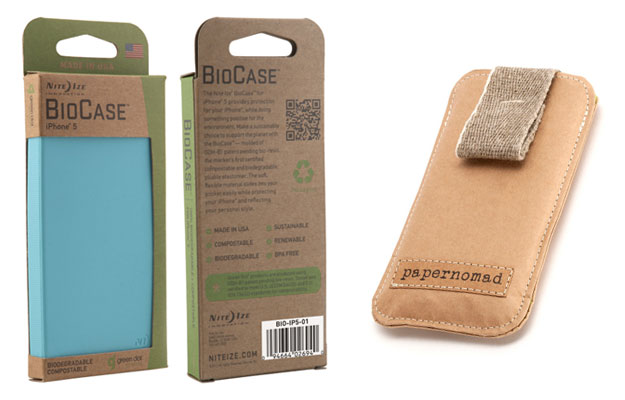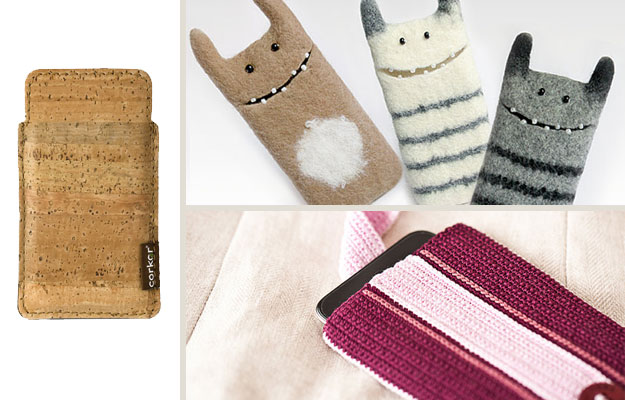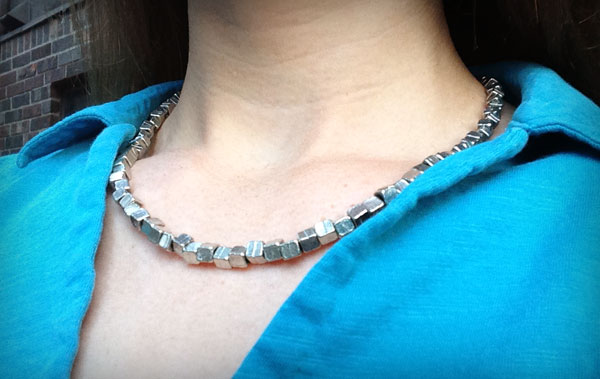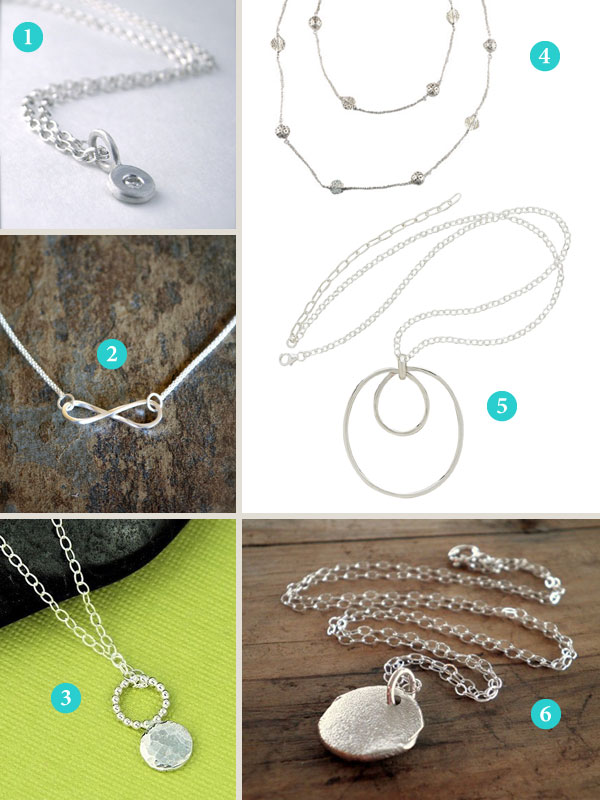One of my goals for furnishing my house is to buy as few brand-new items as possible. I enjoy giving old items new life and the treasure hunt aspect of finding just the right thing in an unexpected place. However, secondhand furniture isn’t practical for every situation, which is why it’s important for manufacturers to start producing furniture in a more environmentally-friendly way. Travis Nagle is the co-founder of Stem, a furniture company that does just that. Stem specializes in high-quality furniture made from natural materials and no toxic glues or varnishes. Travis wrote the following post describing why the materials that go into our furniture matter for our health and the planet. — Julia
The idea of eco-friendly furniture has been around for a long time, though it hasn’t always been identified as such—think back to the days before particleboard and synthetic fillers. Big industry and economic pressures advanced society in many positive ways, but also created an atmosphere where a lot of home products are designed and built solely to maximize efficiency and profits. So where does that leave consumers today? For the most part, there has been a trend over the past 25 years towards building overseas, using lower quality materials, and prioritizing volume. On the other had, there are a handful of companies like the brand I founded called Stem that take the opposite approach: furniture built in the US using eco-friendly materials. While this can mean a higher price point, the pieces last a lifetime and help create a healthier home. Let’s take a look at some key benefits of eco-friendly materials.
No Unnecessary Toxins Added to Materials
For many years it was required by law to add fire retardants to upholstered goods like sofas and sectionals. After some hard fought battles, California finally revised their state law so that they are no longer required, which has led more manufacturers to produce furniture without them. This is great news because fire retardants, while actually not doing that much to add a level of safety, have been linked to a variety of health issues. Many companies have removed fire retardants, but you can confirm with each product you shop for by asking the manufacturer or referring to the label.
In addition, many companies layer stain repellants on top of fabrics. While these can help in the short term, they may also lead to serious health issues with consistent exposure. In short, it’s best to get your furniture free of the standard stain repellent products in the market. If you do, choose a fabric that is more forgiving or even a slipcover for the cushions to protect them from stains.
Building Without Harsh Chemicals
A lot of furniture looks great in terms of style, but it’s hard to know what they are finished with. Eco brands typically will use 100% natural wood versus plywood. In addition to solid wood being better quality and more durable, plywood can contain harmful chemicals like formaldehyde. In terms of the outside of the pieces, eco-friendly sofas use clear coats, paints and glues that are all low- or zero-VOC. These final layers of material can potentially impact the air in your home and some may even be carcinogenic.
Natural Materials
A big part of furniture building that has gone out of fashion is focusing on natural materials like cotton, wool, and solid wood. These materials will not only offer a product with less toxins but also are biodegradable. It can be difficult to find materials that are certified organic, but there definitely are some fabrics out there that comply. In addition, some brands like Stem offer eco-friendly furniture that is made of 100% natural materials from the inside out including natural latex and jute instead of poly-based options.
Sustainable Resources
In addition to being better for your home, non-toxic furniture is also better for the environment. To be sustainable, solid wood should be from either FSC or SFI certified sources. The main focus here is on how the wood is harvested and replenished with use, and treating the forests for long term viability. There are also some great products out there that utilize reclaimed wood, many times taken from torn down buildings or old discarded lumber. Extending the lifespan of the natural resources does a lot for the environment. In addition, some synthetic materials are also repurposed like fabrics that are made from recycled materials. The longer the lifespan of a material for any type of product, the better off we all are.
Since the market is still relatively young for these type of products, the prices are sometimes higher than conventional furniture. As the demand grows the materials and practices should be more readily available, and hopefully all companies will do their best to incorporate sustainable and healthy practices. Until then, it might be worth taking a little extra time to ask brands about their products so you can make sure you get a quality item and know what you’re bringing into your home.
Thanks again to Travis Nagle of Stem! Want to check out some other eco-friendly furniture options? Our friends at The Good Trade have an additional list of 14 sustainable furniture brands.

